Active 1919–19291945–1994 Allegiance United Kingdom Part of Ministry of Defence | Country United Kingdom | |
 | ||
Similar Royal Air Force Germany, Royal Electrical and Mech, British Army, Royal Military Police, Army Air Corps | ||
History of the british army of the rhine 06 09 14
There have been two formations named British Army of the Rhine (BAOR). Both were originally occupation forces in Germany, one after the First World War, and the other after the Second World War.
Contents
- History of the british army of the rhine 06 09 14
- 19191929
- Commanders in Chief
- 19451994
- Garrisons
- References
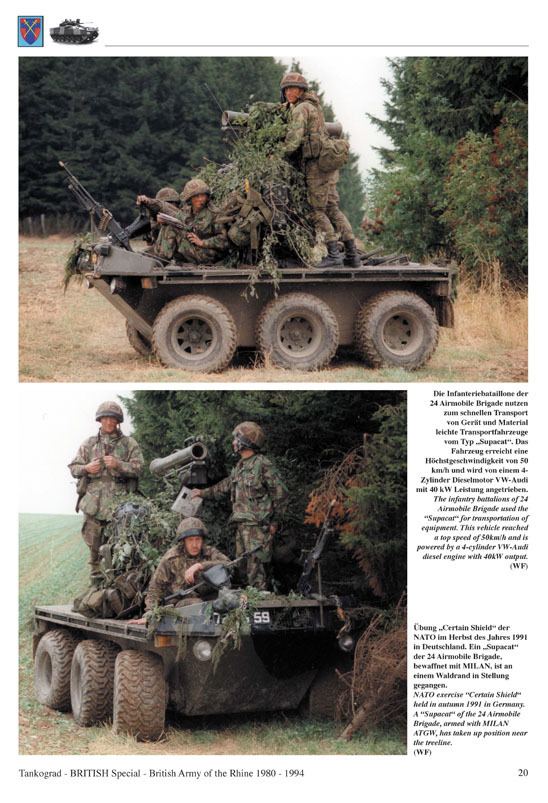
1919–1929
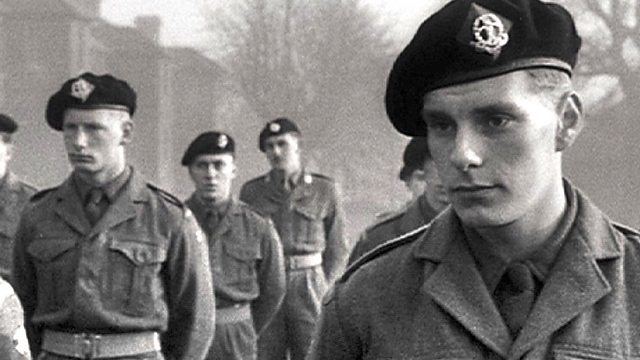
The first British Army of the Rhine was set up in March 1919 to implement the occupation of the Rhineland. It was originally composed of five corps, composed of two divisions each, plus a cavalry division:
II Corps: Commanded by Sir Claud Jacob
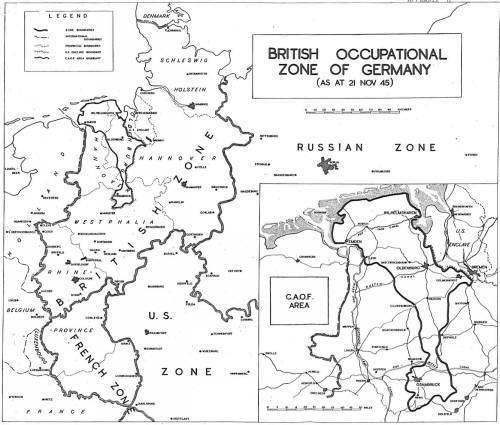
IV Corps: Commanded by Sir Alexander Godley
VI Corps: Commanded by Sir Aylmer Haldane
IX Corps: Commanded by Sir Walter Braithwaite and later by Ivor Maxse
X Corps: Commanded by Sir Thomas Morland
Cavalry Division (formed from 1st Cavalry Division)
However most of these units were progressively dissolved, so that by February 1920 there were only regular battalions:
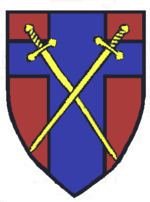
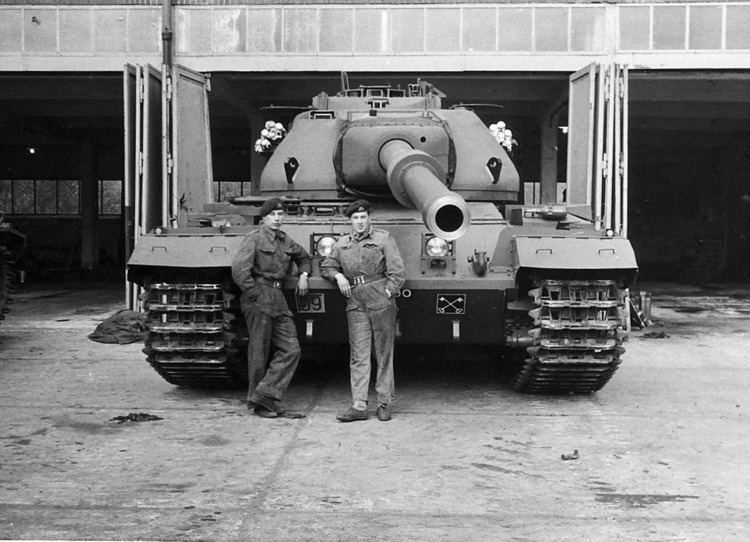
In August 1920 Winston Churchill told the British Parliament that the BAOR consisted of approximately 13,360 troops, consisting of staff, cavalry, Royal Artillery, Royal Engineers, infantry, machine gun corps, tanks, and the usual ancillary services. The troops were located principally in the vicinity of Cologne at an approximate cost per month of £300,000. The Cologne Post was a newspaper published for members of the BAOR during this period.
From 1922 the BAOR was organised into two brigades:
1st Rhine Brigade
2nd Rhine Brigade
Commanders-in-Chief
The commanders were:
1945–1994
The second British Army of the Rhine was formed on 25 August 1945 from the British Liberation Army. Its original function was to control the corps districts which were running the military government of the British zone of occupied Germany. After the assumption of government by civilians, it became the command formation for the troops in Germany only, rather than being responsible for administration as well.
As the potential threat of Soviet invasion across the North German Plain into West Germany increased, BAOR became more responsible for the defence of West Germany than its occupation. It became the primary formation controlling the British contribution to NATO after the formation of the alliance in 1949. Its primary combat formation was British I Corps. From 1952 the commander-in-chief of the BAOR was also the commander of NATO's Northern Army Group (NORTHAG) in the event of a general war with the Soviet Union and the Warsaw Pact. The BAOR was formerly armed with tactical nuclear weapons. In 1967, the force was reduced in strength to 53,000 soldiers.
The 1993 Options for Change defence cuts resulted in BAOR being replaced by the 25,000 strong British Forces Germany (BFG) in 1994. Garrisons which closed at this time included Soest (home of the 6th Armoured Brigade), Soltau (home of the 7th Armoured Brigade) and Minden (home of the 11th Armoured Brigade).
Commanders-in-Chief
The commanders were:
